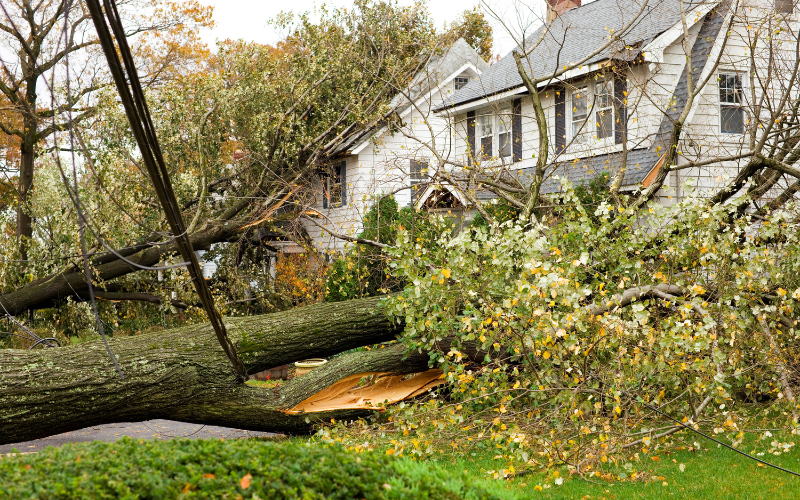You breathe a sigh of relief everytime hurricane season passes without a hitch. But sometimes the storms don’t stay away. If your home is damaged in a named storm, we’re here to help guide you through the process. Here’s what you should expect if you need to file a claim.
Know Your Policy
Even before hurricane season, it’s important to know what your insurance plan covers and your deductible. In a hurricane prone area, most insurance deductibles are percentage based. So, if your 400,000 home is insured for hurricanes with a 2% deductible, you will pay $8,000 out of pocket. Reach out to your insurance agent to review your plan at any time.
When to File a Claim
Contact your agent as soon as possible. Some insurance policies require claims to be filed within 60 days of the incident. This is the first step in the process to repair your home and get back to your life. Even if the damages seem minimal, it’s still worth making a claim, because there may be more damage than meets the eye.
What Information Does an Insurance Company or Agent need?
When you contact your agent, it’s helpful to have a few things already on hand. Make sure you have the name of your insurance company, your policy number, and your contact information. You will also give the agent a brief description of what happened and the extent of the damage. You will eventually need to take a full inventory of damages with photo or video documentation.
Wind or Flooding?
It is also helpful to know which policy will cover your damages. Flood insurance policies only cover physical damage from flooding: overflowing bodies of water or flash floods from rain. Wind-driven rain and other damages may be covered under your homeowners policy or wind policy.
File for Additional Living Expenses (ALE)
Some homeowner policies include provisions to cover additional living expenses if the extent of the damages causes you to be temporarily displaced from your home. ALE covers the difference between what you would normally spend during this period of time in your own home and the additional costs incurred by displacement.

Document the Damage
Take photographs or video of the inside and outside of your home. Make a list of all damaged items and structures. Make sure to get photo or video of each item on the list and record the following:
- Description and # of the item.
- Brand name (if any).
- Where item was purchased.
- Cost, model, and serial number (if you have them).
- Location of item in your home.
- Your estimate of the loss amount.
Make sure to check with your agent about disposal of damaged items to prevent the spread of mold during the assessment process. Should you separate them outside or dispose of them? Additionally, if you need to contract services to protect your home from further damage, contact your insurer to determine whether it is covered in your policy.
Working with Adjusters
After your initial contact with the agent, an adjuster will reach out to you and set a time to visit the property to measure and document flood damage. The adjuster will let you know if additional visits are required.
Using the information collected from the visit as well as the documentation you provide, the adjuster will complete a detailed estimate of damage. You can use this estimate to get bids from licensed professional contractors.
We’ve Got Your Back
While the road ahead may seem challenging, The Huneycutt Group has been protecting our coastal community for over 15 years. We’re here for you every step of the way. Please get in touch.





